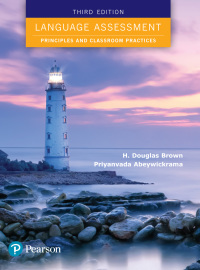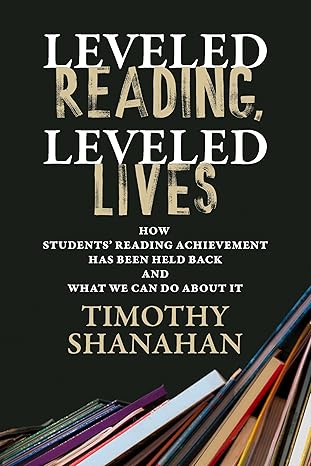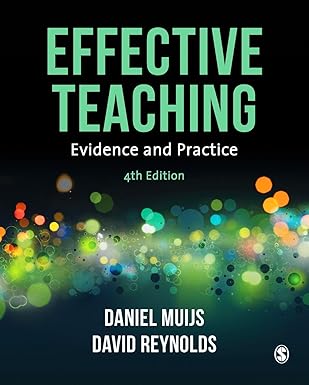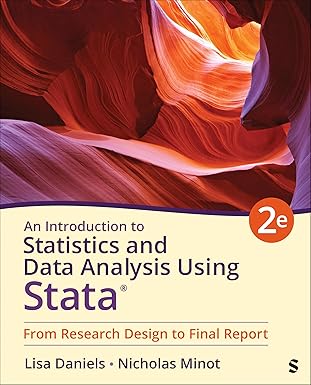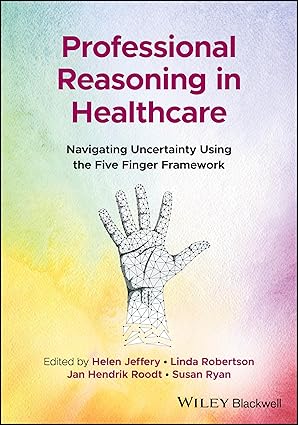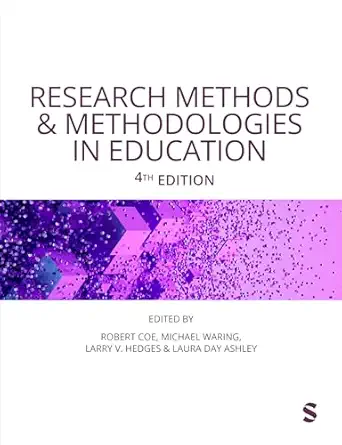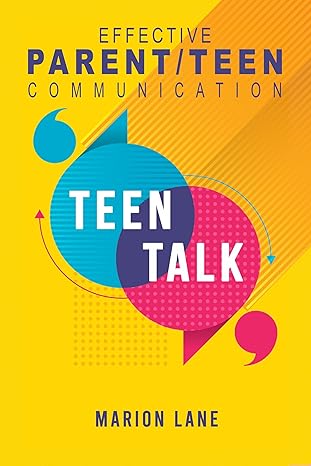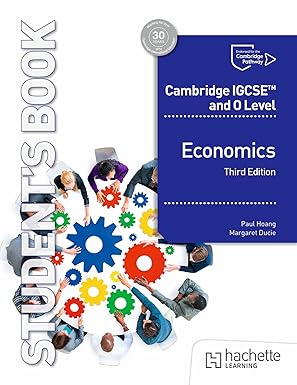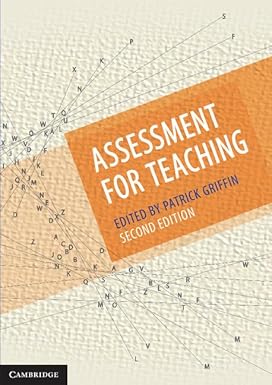Language Assessment: Principles and Classroom Practices is designed to offer a comprehensive survey of essential principles and tools for second language assessment. Its first and second editions have been successfully used in teacher-training courses, teacher certification curricula, and TESOL master of arts programs. As the third in a trilogy of teacher education textbooks, it is designed to follow H. Douglas Brown’s other two books, Principles of Language Learning and Teaching (sixth edition, Pearson Education, 2014) and Teaching by Principles(fourth edition, Pearson Education, 2015). References to those two books are made throughout the current book.
Language Assessment features uncomplicated prose and a systematic, spiraling organization. Concepts are introduced with practical examples, understandable explanations, and succinct references to supportive research. The research literature on language assessment can be quite complex and assume that readers have technical knowledge and experience in testing. By the end of
Language Assessment, however, readers will have gained access to this not-so-frightening field. They will have a working knowledge of a number of useful, fundamental principles of assessment and will have applied those principles to practical classroom contexts. They will also have acquired a storehouse of useful tools for evaluating and designing practical, effective assessment techniques for their classrooms.
ارزیابی زبان: اصول و شیوه های کلاس درس برای ارائه یک بررسی جامع از اصول و ابزارهای ضروری برای ارزیابی زبان دوم طراحی شده است. نسخه اول و دوم آن با موفقیت در دوره های تربیت معلم، برنامه های درسی گواهینامه معلمان و برنامه های کارشناسی ارشد هنر TESOL استفاده شده است. بهعنوان سومین کتاب از سهگانه کتابهای درسی آموزش معلمان، این کتاب برای پیروی از دو کتاب دیگر اچ. داگلاس براون، اصول یادگیری و آموزش زبان (ویرایش ششم، آموزش پیرسون، 2014) و طراحی شده است. Teaching by Principles(ویرایش چهارم، آموزش پیرسون، 2015). ارجاع به آن دو کتاب در سراسر کتاب فعلی انجام شده است.
ارزیابی زبان دارای نثر بدون عارضه و یک سازمان منظم و مارپیچ است. مفاهیم با مثال های عملی، توضیحات قابل فهم و ارجاعات مختصر به تحقیقات حمایتی معرفی می شوند. ادبیات تحقیق در مورد ارزیابی زبان می تواند کاملاً پیچیده باشد و فرض کند که خوانندگان دانش فنی و تجربه در آزمون دارند. با این حال، تا پایان
ارزیابی زبان، خوانندگان به این زمینه نه چندان ترسناک دسترسی خواهند داشت. آنها از تعدادی از اصول مفید و اساسی ارزیابی دانش کاری خواهند داشت و آن اصول را در زمینه های کلاس درس عملی به کار خواهند برد. آنها همچنین انباری از ابزارهای مفید برای ارزیابی و طراحی تکنیک های ارزیابی عملی و مؤثر برای کلاس های درس خود خواهند داشت.
